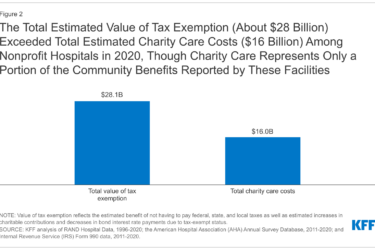The Salt Lake Tribune‘s Lisa Rosetta explains Utah’s new bulk payment pilot program, which aims to drive down costs by paying participating physicians flat rates for delivering babies and managing diabetes. In a departure from previous systems, the Utah hybrid will still include mini-reimbursements on a per-procedure bases, primarily to prevent instances of undertreatment. For another primer on bundling, see this post.
Here’s Rosetta’s explanation of the diabetes management program:
Doctors treating diabetics will be paid a monthly retainer fee, giving them the flexibility to innovate. If a patient would be better served by calling them at home to make sure they are taking their medications, or checking their blood glucose regularly, for example, doctors can do that without worrying about whether the insurance company is going to pay.
If a patient has problems — say a diabetic ends up in the emergency room for a preventable complication — the doctor’s monthly retainer fee goes down.
Additionally, doctors will be paid a “mini” fee for service so they aren’t discouraged from providing care.
The mini fee was instituted because of lessons learned from a similar experiment in the 1990s, in which a simple flat fee encouraged undertreatment of patients by cost-conscious hospitals.
Pregnancy will work a little differently, Rosetta said:
Doctors caring for pregnant women will be paid differently. They’ll continue to receive one large, bundled payment after the patient delivers, as they do now; the difference is they’ll be paid the same whether it’s a vaginal delivery or cesarean section. Doing so removes any incentive a doctor may have to perform a section, which costs more, but doesn’t discourage it if it’s necessary.
A number of hospitals, doctors and insurers have already signed on for the pilot project. Organizers hope it will be up and running by early 2010. In future versions, they hope it evolves to the point that it is “rewarding cost-effective choices by consumers, and recognizing employers that actively engage workers in healthy behaviors and value-based health care choices.”










